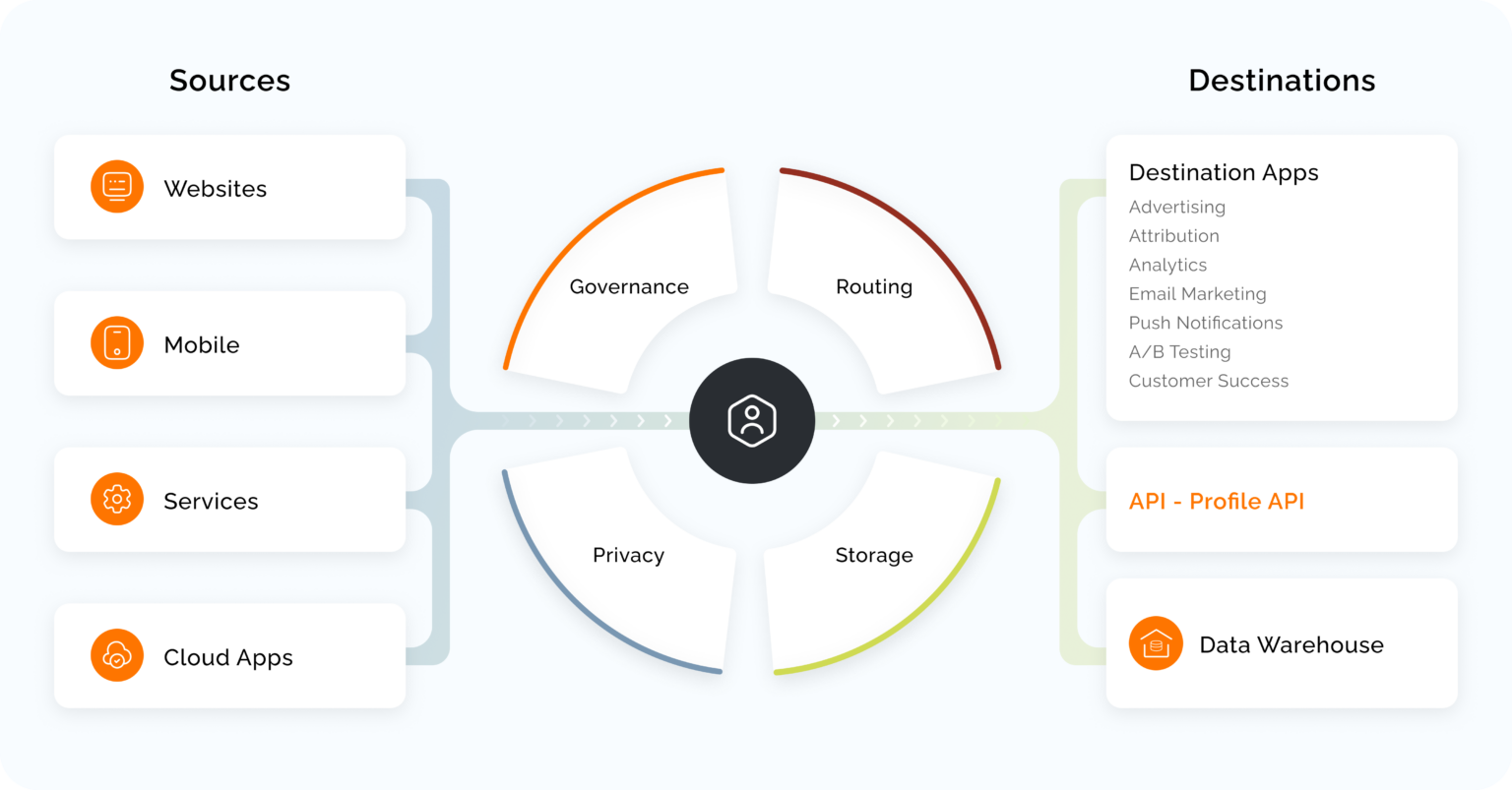Let’s say you are a retail giant and have customer information spread across various platforms such as online sales, in-store purchases, loyalty programs, and social media interactions. How will you make sense of this data?
Enter data mapping – a systematic approach that ensures information flows seamlessly from one system to another. This blog will delve into what data mapping is, why it’s essential, and how it can be implemented effectively.
What is Data Mapping?
Data mapping refers to the process of defining how data from one source can be converted to another format. Normally, this is done in relation to data integration or migration exercises between different systems or applications. It involves identifying the structure, attributes, and relationships of data in the source system and aligning them with the corresponding structure and requirements of the target system.
At its core, it creates a blueprint for manipulating, transforming, and loading data accurately and consistently across systems. This process forms an important foundation for data interoperability which allows smooth exchange of information as well as support decision making based on facts within organizations.

“Data mapping is the process of extracting and standardizing data from multiple sources in order to establish a relationship between them and the related target data fields in the destination.”
Data mapping equips an organization to readily access the following details for any data element they possess, at any given time:
- How does data flow between systems or applications?
- What is the structure and format of data in each source system?
- How does data in one system relate to data in another system?
- What transformations are needed to convert data from one format to another?
- Are there any discrepancies or inconsistencies between data sources?
Data Mapping Example
Imagine there’s a multinational corporation ‘X.’ There are numerous divisions operating globally under this company, each having different systems for managing customer data. To make these operations more efficient and effective, the company suggested the implementation of a centralized Customer Relationship Management system. However, integrating diverse customer data from various subsidiaries into a single CRM platform proves to be a challenging task.
Data mapping is the key in this case. This process involves the thorough examination of structure, attributes and relationships of customer data with individual subsidiary’s system. It includes fields such as customer name, contact information, purchase history, and other relevant details.
After identifying the data elements, it is now necessary to map them to their corresponding fields in the centralized CRM system. For instance, “Customer Name” field in database A may require being mapped to “Full Name” field in CRM system. Similarly, “Contact Number” field in database B may need to correspond to “Phone Number” field within CRM system.
Let’s say one division records dates as MM/DD/YYYY while another uses DD/MM/YYYY format on its records. Data mapping can assist address disparities in terms of data formats or standards between systems. Moreover, data mapping facilitates the identification and resolution of data inconsistencies or redundancies. For instance, if one subsidiary stores customer address in separate fields for street, city, and zip code, while another combines them into a single field, data mapping helps reconcile these differences to ensure accurate and coherent data representation in the CRM system.
Importance of Data Mapping
Data structures often differ between systems. By mapping these structures, data can be accurately transferred and integrated.
- It establishes clear connections between data elements in different systems and formats.
- One key benefit is improved data accuracy and consistency. Data mapping ensures your information is translated precisely when transferred between systems. This helps in minimizing errors and inconsistencies and allows for reliable analysis and reporting.
- Data mapping also powers data integration. When information from various sources is seamlessly combined, organizations gain a unified, 360-degree view of their data. This eliminates the need for manual data manipulation and facilitates a more efficient workflow.
- Furthermore, data mapping plays a vital role in regulatory compliance. By understanding the flow of data, particularly sensitive information, organizations can demonstrate adherence to data privacy regulations. This mitigates the risk of penalties and fosters trust with stakeholders.
Data Mapping Technique – How Does it Work?
Data mapping works by following structured processes. Here’s a breakdown of all the steps involved:
1. Identifying the source and destination
Data mapping begins with understanding the source and destination systems. This includes pinpointing the specific data points or fields that need to be connected. Consider these data points as individual pieces of information, like customer names, addresses, or product codes.
2. Defining the connections
Once the fields are identified, the mapping process defines how they correspond to each other. This can be a straightforward match, where a field named “Customer Name” in system A connects directly to a field named identically in system B. It can also involve more complex transformations.
For instance, a single field in system A might need to be split into multiple fields in system B, or vice versa.
3. Defining the data transformations
Sometimes, there are cases where data might require transformations before being transferred. This could involve changing formats. For example: Converting dates from one format to another. This step could also involve performing calculations – combining multiple fields into one, or even cleaning the data.
4. Testing
Before you implement data mapping in a production environment, it’s important to test that it works as expected. This involves comparing the output of the mapping to the expected results and making any necessary adjustments.
5. Execution and maintenance
Once the mapping is verified, it can be put into action. The data flows from the source system, through the defined mapping rules, and finally arrives at the destination system in the desired format. However, the process doesn’t end there. It’s important to monitor its performance and make any necessary adjustments over time. This includes updating mapping rules to accommodate changes in data sources or target systems.
Wrapping Up
Data mapping is the foundation for maximizing the value your data delivers. By establishing clear connections between your information sources, you pave the way for seamless data integration, data migration, and data governance. This empowers your data users to leverage a unified information ecosystem, ultimately driving better decision-making and achieving your organizational goals.
Authors

Shalu Santvana
Content Crafter

Mohd Imran
Senior Consultant



